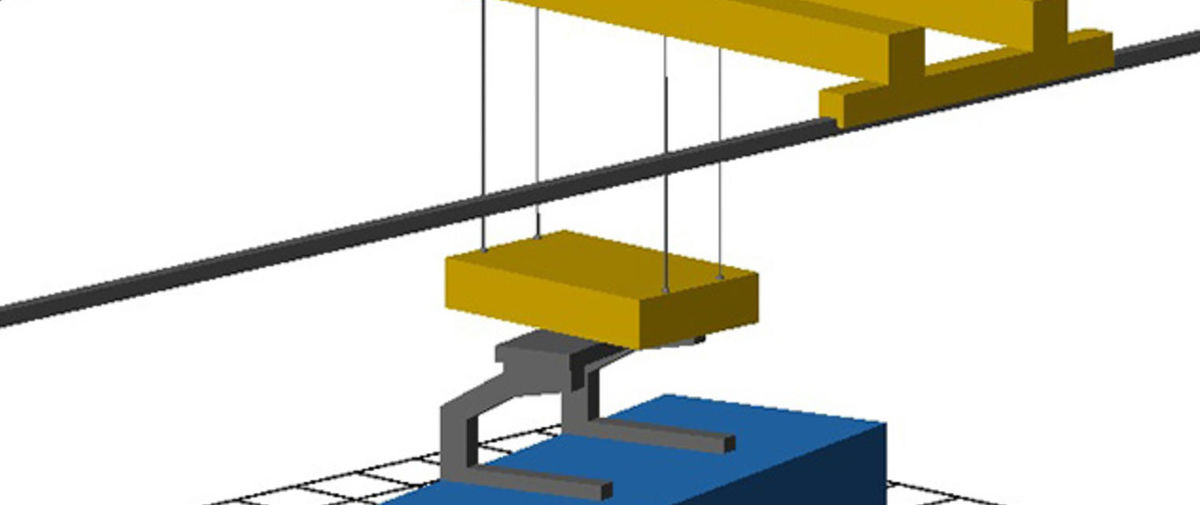Article
Stop the spinning
New rotation inertia control feature helps to stabilize and control lifting with various loads and lifting heights.
Cranes equipped with a rotating hook can be used to turn loads horizontally. If the load inertia is high, however, the rotation might be tricky to handle. Sometimes extra control is needed when the load starts to spin after lifting it from the ground. An unexpected initial swivel can also get underway if the load hits something during the movement.
The basic idea of this new technology revolves around handling rotational sway by measuring the rotation angle between trolley and the hook block. By analyzing the rotation movement it is possible to control unwanted extra sway. The control algorithm automatically tunes itself during the first couple of seconds after the control command is given. Therefore, the information about the load inertia is not needed in advance.
The angle measurement is based on camera vision. The camera is attached to the trolley and two infrared beacons are installed to the hook block.
For the project, author Janne Salomäki built a simulation model that he used in the control development. To run the simulations Salomäki utilized MATLAB/SimMechanics software. “It is an agile way to design control algorithms and test different operation points and special situations,” Salomäki explains. After simulations, the new control feature was tested successfully in a real crane.
Key advantages
- Information about the load inertia is not needed in advance.
- The same sensor can be used also for many other features like active (or linear) sway control, hook centering and side-pull prevention.
- The rotation machinery can be added either in the hook or in the hoist trolley.
Author: Janne Salomäki, Senior Research Engineer at Konecranes’ Research and Innovation Department in Hyvinkää
